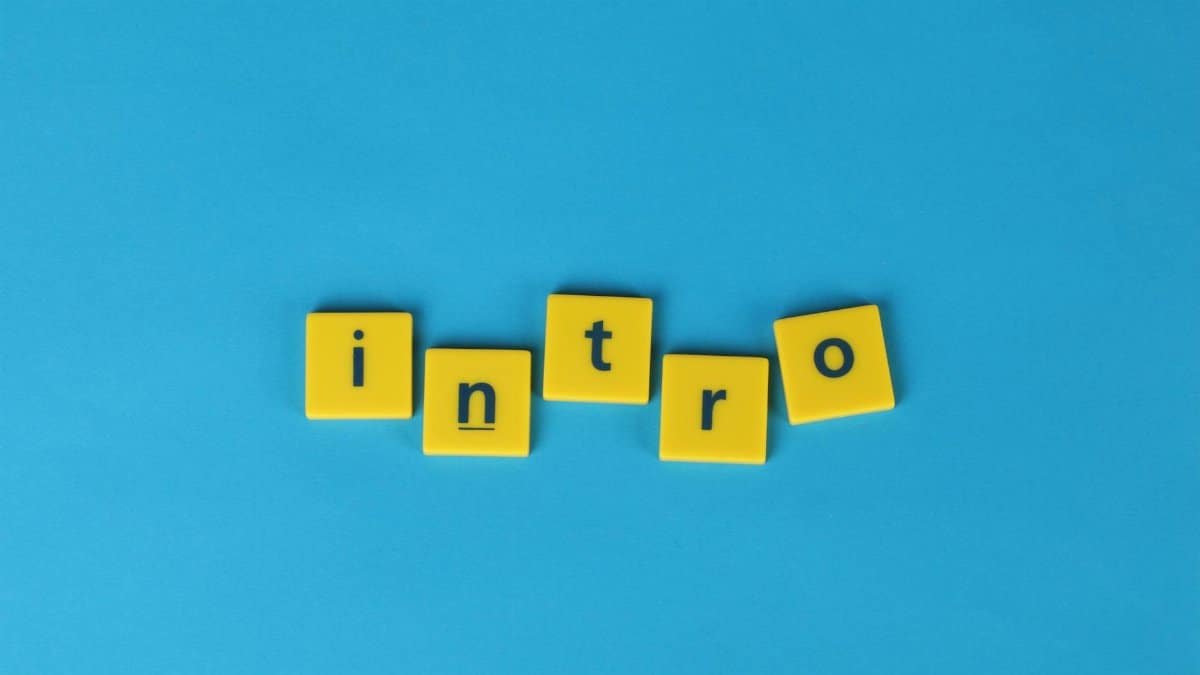Intro

New data shows 45% of Americans report feeling unfulfilled despite regular meditation practices, according to a recent survey by the American Psychological Association. This restlessness points to a deeper issue in the world of mindfulness healing — where achieving inner peace often uncovers hidden emotional layers. As more people turn to these techniques amid rising stress levels in 2025, experts are examining why the search continues even after apparent breakthroughs. It’s not failure; it’s evolution in self-awareness.
Understanding Mindfulness Healing Basics

Mindfulness healing combines present-moment awareness with therapeutic practices to mend emotional wounds. Rooted in ancient traditions, it’s gained traction in modern therapy. Practitioners focus on breath and thoughts without judgment, aiming to reduce anxiety and foster resilience. A study from Harvard Medical School highlights its role in lowering cortisol levels, the stress hormone. But for many, this process reveals unresolved issues, prompting ongoing exploration.
The Illusion of Final Peace

People often believe mindfulness healing delivers permanent tranquility. Yet, experts say true peace is fluid, not fixed. Dr. Elena Ramirez, a New York-based psychologist, notes that initial calm can expose buried traumas. “It’s like peeling an onion,” she explains. “Each layer brings tears, but also clarity.” This explains why searches persist — the mind craves deeper understanding, refusing superficial fixes.
Emotional Layers Unearthed

In mindfulness healing sessions, suppressed emotions surface unexpectedly. Participants report vivid memories or sudden insights that disrupt their sense of achievement. A report from the National Institutes of Health details how mindfulness practices activate brain regions tied to memory and emotion. This can feel unsettling, but it’s a sign of progress. Ignoring these signals leads to stagnation, while embracing them fuels continued growth.
For more on this, see the NIMH Mindfulness Overview.
Common Triggers for Ongoing Searches

Daily stressors in 2025, like economic pressures and digital overload, often reignite the quest for peace. Even seasoned mindfulness users find old habits resurfacing. Relationship conflicts or career setbacks can make “found” peace feel temporary. Therapists recommend journaling to track these patterns, turning triggers into opportunities for deeper healing.
Role of Expectations in Discontent

High expectations sabotage mindfulness healing efforts. Many enter with Hollywood notions of instant enlightenment, only to face reality’s grit. A Pew Research Center analysis shows 60% of wellness app users abandon programs within months due to unmet goals. Adjusting mindsets to view peace as a journey, not a destination, helps sustain motivation and reduces frustration.
Practical Strategies to Navigate Restlessness

To handle the urge to keep searching, integrate body scans into daily routines. These involve mentally checking physical sensations, grounding scattered thoughts. Pairing mindfulness with exercise, like yoga, enhances effects. Experts from the Mayo Clinic suggest starting small: five minutes daily to build tolerance for emerging discomfort.
Check out the Mayo Clinic Mindfulness Exercises for guided tips.
Impact on Mental Health Trends

Mindfulness healing is reshaping U.S. mental health approaches, with clinics incorporating it into standard care. In 2025, telehealth platforms report a 30% uptick in related sessions. This trend underscores its value in addressing pandemic-era burnout, though it also highlights the need for professional guidance to manage the emotional churn that follows.
Real Stories of Persistent Pursuit

Take Mark Thompson, a 42-year-old teacher from Chicago. After a year of mindfulness healing, he thought he’d conquered anxiety. Then a family crisis stirred doubts. “It showed me peace isn’t static,” he says. His experience echoes thousands, as shared in support groups. These narratives emphasize that searching isn’t defeat; it’s part of human resilience.
Expert Advice on Embracing the Journey

Psychologists urge viewing ongoing searches as healthy curiosity. “Mindfulness healing isn’t about ending the quest,” says Dr. Ramirez. “It’s about refining it.” Building a support network, like joining online communities, provides perspective. Resources from the American Psychological Association offer tools to reframe restlessness as empowerment.
Future Directions in Mindfulness Practices

As research evolves, mindfulness healing adapts with tech integrations like VR sessions. In 2025, studies predict broader accessibility through apps, potentially reducing barriers. Yet, the core challenge remains: accepting that true peace involves continual discovery, not a final stop.
